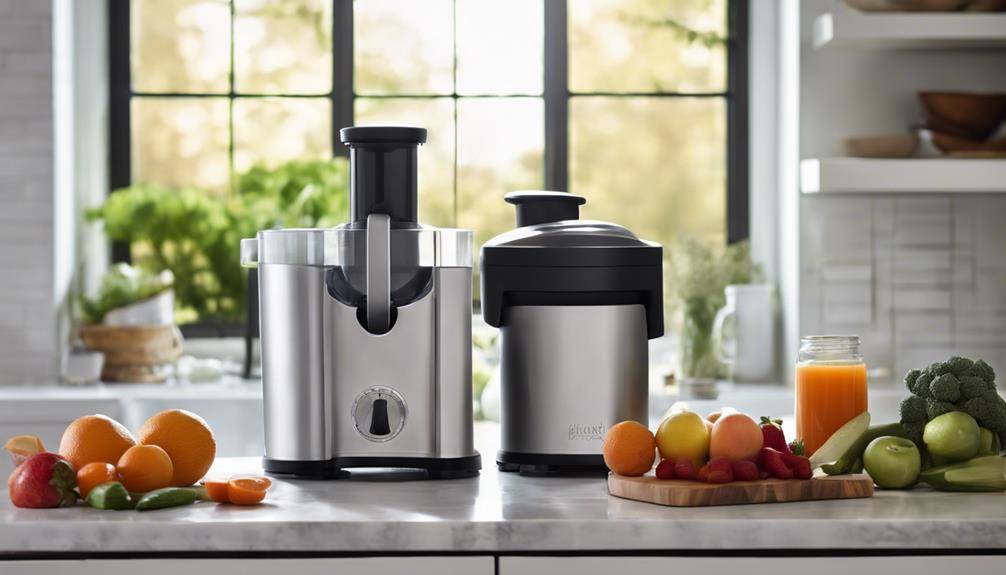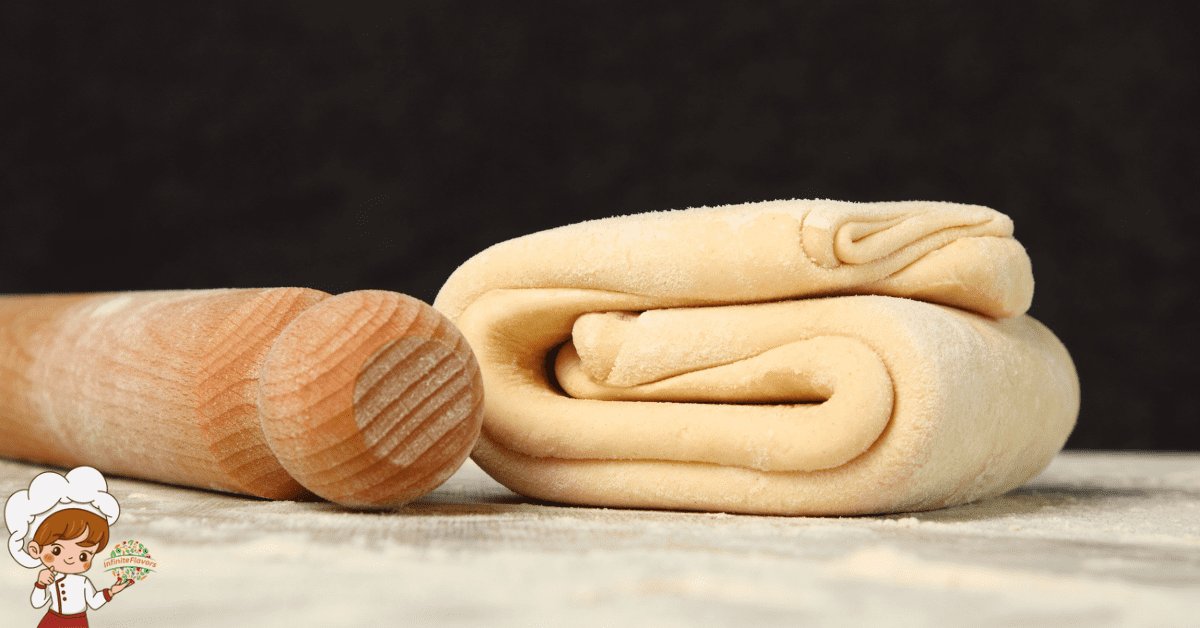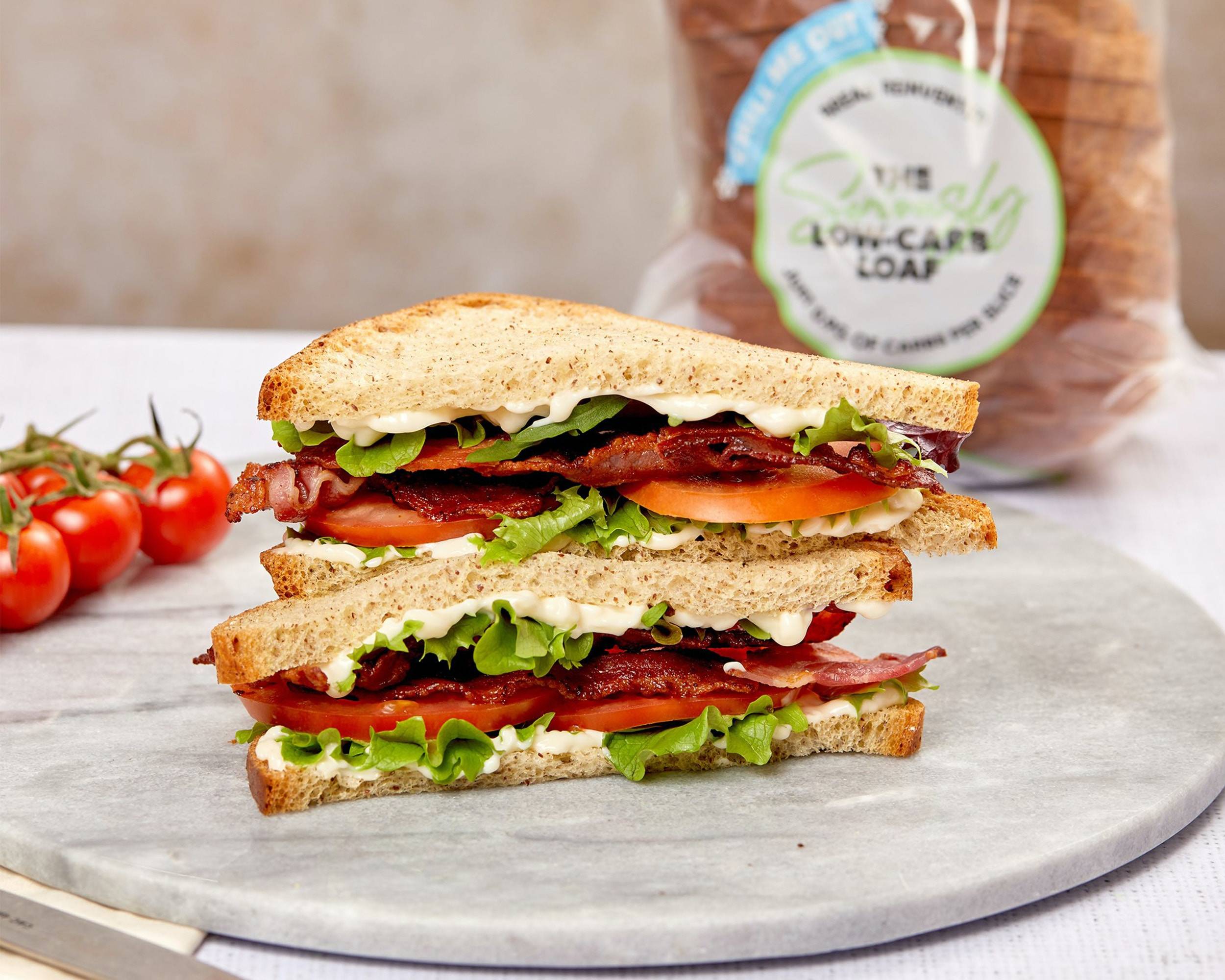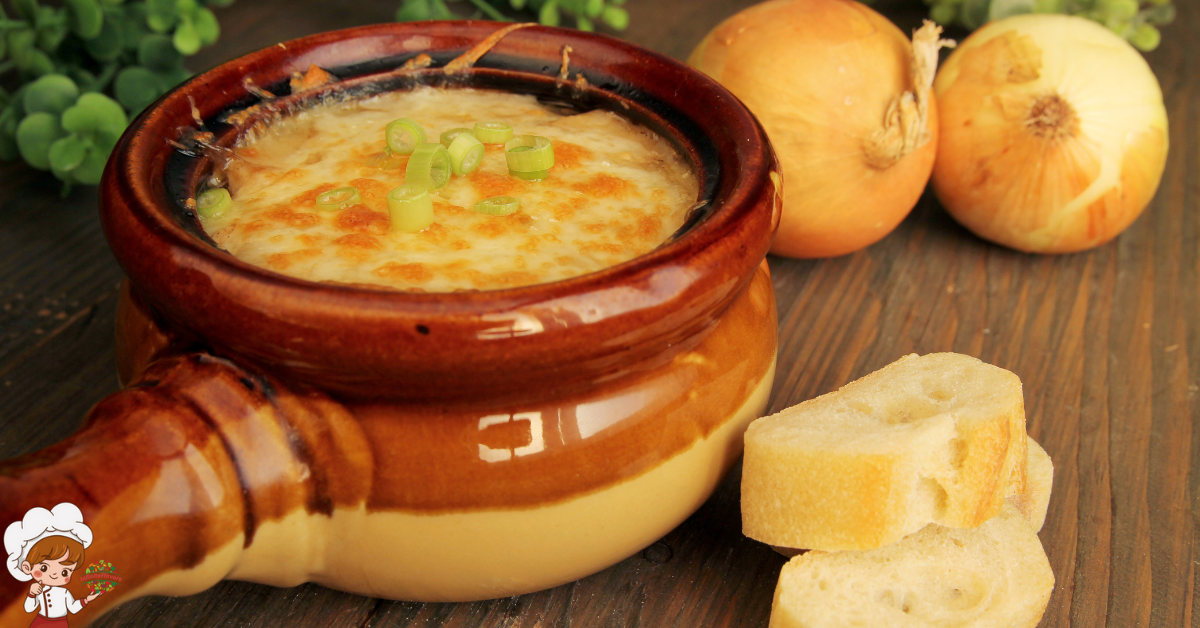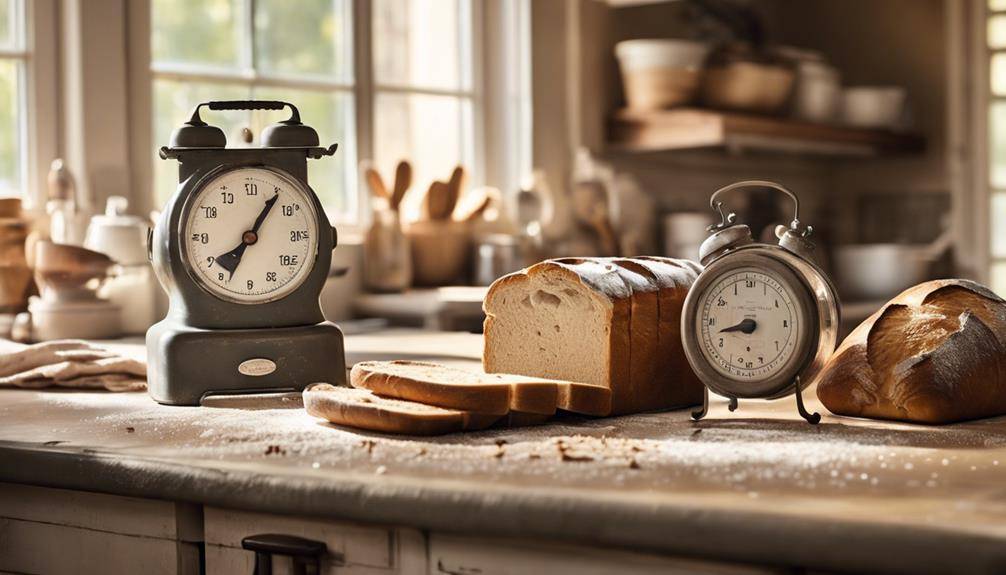The Best Middle Eastern One-Pot Meals
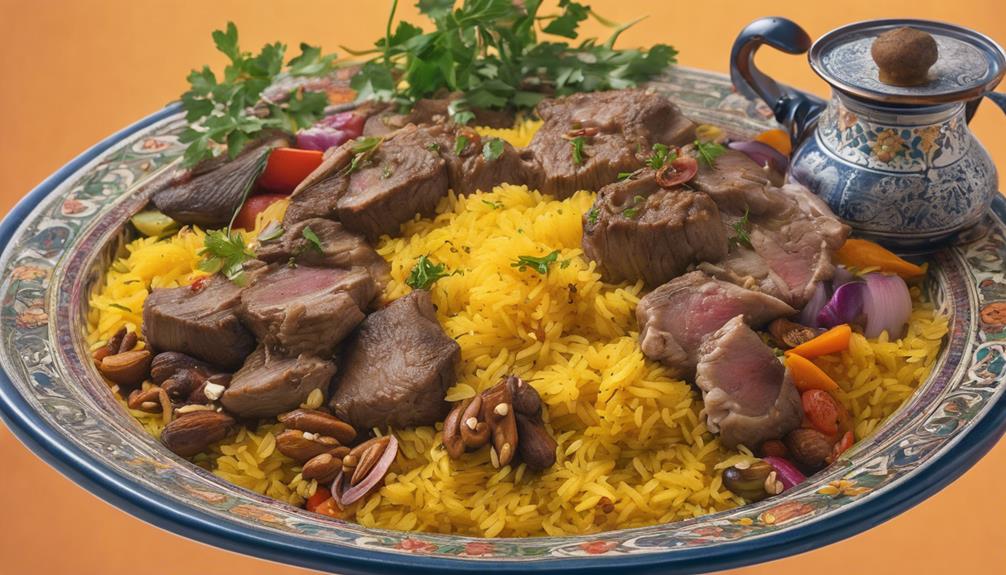
The Best Middle Eastern One-Pot Meals are a flavorful and convenient way to enjoy diverse ingredients. You’ll find delightful combinations of spices, grains, and proteins that create a comforting dining experience. Classics like pilaf, tagine, and biryani showcase the region’s rich culinary heritage. Don’t hesitate to get creative with your ingredients, swapping in your favorites for a personal touch. Vegetarian options abound, with lentils and chickpeas providing hearty, nutritious bases. These meals not only make cooking simpler but also encourage communal dining and sharing. If you stick around, you’ll discover tips and recipes to elevate your one-pot meals even further.
What Are One-Pot Meals?
When you think about convenience in cooking, one-pot meals often come to mind. These dishes allow you to combine various ingredients and flavors in a single pot, making meal prep simple and efficient. In Middle Eastern cuisine, one-pot meals hold cultural significance, reflecting the region’s traditions and communal dining practices. They often serve as a centerpiece during family gatherings, showcasing hospitality and togetherness.
You’ll find a variety of meal variations, each with its unique twist and local ingredients. For instance, dishes like pilaf, tagine, and biryani exemplify how grains, proteins, and vegetables come together harmoniously. The beauty of one-pot meals lies in their adaptability; you can easily swap ingredients to suit your taste or dietary preferences. Whether you’re using chicken, lamb, or chickpeas, the essence of these meals remains rooted in their ability to bring people together.
Moreover, one-pot meals can be a reflection of the region’s rich history. They often incorporate spices and techniques passed down through generations, allowing you to experience a taste of cultural heritage with each bite. As you explore Middle Eastern one-pot meals, you’ll not only enjoy the flavors but also gain insight into the stories and traditions behind them. So, grab your pot and start experimenting with these delicious, satisfying dishes that celebrate both convenience and cultural significance in every bite.
Popular Middle Eastern Spices
One-pot meals in Middle Eastern cuisine wouldn’t be complete without the vibrant spices that elevate their flavors. These spices not only enhance taste but also carry deep cultural significance. When you cook with spices like cumin, coriander, and sumac, you’re connecting with centuries of tradition.
Cumin, with its earthy, warm flavor, is vital in many dishes, often grounding a meal’s profile. Its origins trace back to the Mediterranean and parts of Asia, making it a versatile ingredient in various cuisines. Coriander, both the seeds and the fresh leaves, adds a bright, citrusy note, and its roots can be found in regions spanning from North Africa to Southeast Asia.
Then there’s sumac, known for its tangy, lemony flavor, which brightens up any dish. It’s mainly used in Middle Eastern cooking and has roots that go back to ancient times. When you sprinkle sumac over a dish, you’re not just adding flavor; you’re embracing a tradition that reflects the region’s agricultural history.
Don’t forget about the iconic cinnamon, which, though often associated with sweet dishes, plays a vital role in savory meals too. Its origins in Sri Lanka have made it a treasured spice worldwide. Each of these spices tells a story of cultural exchange and culinary evolution. So, when creating your one-pot meals, remember to honor these spices and their rich heritage, as they truly make your cooking come alive.
Classic Rice Dishes
Classic rice dishes are a staple in Middle Eastern cuisine, celebrated for their comforting flavors and satisfying textures. When you think of rice in this region, you can’t overlook the amazing pilaf variations. Each version has its unique twist, whether it’s the addition of nuts, dried fruits, or aromatic spices. You might find yourself savoring a fragrant pilaf that combines basmati rice with almonds, raisins, and a hint of cinnamon, creating a delightful harmony of flavors.
One of the most luxurious elements you can incorporate into your rice dishes is saffron infusion. This golden spice not only adds a rich color but also imparts a distinctive taste that elevates any meal. Just a few strands can transform a simple rice dish into an extraordinary culinary experience. Imagine preparing a saffron-infused rice to accompany grilled meats or fragrant stews; the aroma alone will entice everyone at the table.
You’ll also discover that many classic rice dishes are versatile, allowing you to adapt them based on what you have on hand. Whether you’re hosting a family gathering or enjoying a quiet night in, these rice recipes are sure to impress. So, roll up your sleeves and immerse yourself in the world of Middle Eastern rice. You’ll find that mastering these classic dishes not only satisfies your taste buds but also connects you with a rich culinary tradition that spans centuries. Enjoy experimenting with flavors and techniques that make each meal a celebration.
Hearty Stews and Tagines
When you think of hearty stews and tagines, vibrant flavors and rich aromas come to mind. You’ll discover how unique spice combinations and nutrient-packed ingredients create wholesome meals that warm the soul. Let’s explore the cooking techniques that bring these comforting dishes to life.
Flavorful Spice Combinations
Diving into the world of Middle Eastern cuisine, you’ll discover that the magic of hearty stews and tagines lies in their vibrant spice combinations. These dishes don’t just fill your belly; they offer a symphony of flavors that dance on your taste buds. The key is mastering the spice balance, where each ingredient complements the others, creating unique flavor profiles.
Start with foundational spices like cumin and coriander, which provide warmth and earthiness. Add a pinch of cinnamon or allspice for depth, and don’t forget the bright notes from turmeric or saffron. You can also incorporate fresh herbs like cilantro or parsley at the end to elevate the dish further.
Experimenting with spices can lead to delightful surprises. For instance, pairing smoked paprika with a touch of chili powder can bring a smoky heat that’s irresistible. Remember, the goal is to create a harmonious blend that enhances the main ingredients without overshadowing them. So, whether you’re simmering lamb, chicken, or legumes, let these flavorful spice combinations guide you to a comforting bowl of Middle Eastern goodness.
Nutrient-Packed Ingredients
Hearty stews and tagines are packed with nutrient-rich ingredients that not only nourish your body but also enhance the overall flavor of the dish. When you prepare these meals, you’re likely to include superfood grains like quinoa, farro, or bulgur. These grains are not just filling; they provide essential vitamins, minerals, and fiber that keep you energized throughout the day.
Don’t forget to add a variety of protein sources to your stews and tagines. Options like chickpeas, lentils, or lean cuts of meat offer the building blocks your body needs. They support muscle health and keep you feeling satiated longer. Plus, combining grains and proteins creates a complete amino acid profile, making your meal even more nutritious.
Vegetables also play an important role, bringing in antioxidants and additional nutrients. Carrots, sweet potatoes, and leafy greens can elevate the nutritional profile of your dish greatly. As you mix these ingredients, you’re not just creating a comforting meal; you’re crafting a nutrient-dense powerhouse that supports your health and well-being. Embrace the richness of these ingredients, and you’ll enjoy both flavor and nutrition in every bite.
Cooking Techniques Explained
Understanding the right cooking techniques can elevate your one-pot meals to new heights. When preparing hearty stews and tagines, mastering sautéing techniques is vital. Start by heating oil in your pot, then add your aromatics—like onions, garlic, and spices—allowing them to release their flavors. This initial step builds a flavor base that enhances your dish.
Next, it’s time to incorporate your proteins and vegetables. Sauté them until they’re lightly browned; this adds depth to your meal. Once you’ve achieved that golden hue, it’s important to shift to simmering methods. Add your liquids—broth, water, or tomatoes—and bring the mixture to a gentle boil. Then, reduce the heat and let it simmer. This slow cooking process allows the ingredients to meld and develop rich flavors.
Keep an eye on the consistency; you want it thick yet soupy. Stir occasionally to prevent sticking, ensuring your meal cooks evenly. By combining effective sautéing techniques with proper simmering methods, you’ll create a delicious, comforting one-pot meal that’s sure to impress. Enjoy the process, and savor every bite!
Vegetarian One-Pot Options
When it comes to Middle Eastern cuisine, vegetarian one-pot options offer a delightful way to savor vibrant flavors and nourishing ingredients. You can easily create hearty meals that feature an array of spices, legumes, grains, and vegetables, ensuring a satisfying dining experience. Think about using chickpeas, lentils, or black beans as your base; these plant-based proteins are not only filling but also packed with essential nutrients.
Consider incorporating classic dishes like a vegetarian Moroccan tagine. By using sweet potatoes, carrots, and zucchini, you can make a colorful dish that’s rich in flavor. Don’t forget to add a mix of spices such as cumin, coriander, and cinnamon to elevate the taste. If you’re looking for vegetarian substitutions for meat, try using mushrooms or eggplant, which can provide a meaty texture and absorb the flavors beautifully.
Another fantastic option is a Lebanese mujadara, combining lentils, rice, and caramelized onions. This simple dish showcases how you can create something delicious with minimal ingredients. You can also customize it by adding different vegetables or spices according to your preference.
Don’t shy away from experimenting with fresh herbs like parsley or mint to add brightness to your meals. These vegetarian one-pot options not only make cooking easier but also allow you to explore the diverse and rich flavors of Middle Eastern cuisine, all while maintaining a healthy, plant-based diet. Enjoy the journey of cooking and the delightful meals you’ll create!
Quick and Easy Recipes
Creating delicious Middle Eastern one-pot meals doesn’t have to be time-consuming. With a few quick meal prep strategies, you can whip up hearty dishes that are packed with flavor and nutrients. The beauty of one-pot cooking lies in its simplicity. You’ll not only save time on cleanup but also allow the ingredients to meld together beautifully, enhancing the overall taste.
Start with a base like rice or couscous, then add your favorite proteins such as chicken, lamb, or chickpeas. Toss in an array of vegetables like bell peppers, zucchini, or spinach for added nutrition. Use spices like cumin, coriander, and paprika to give your dish that authentic Middle Eastern flair.
For a quick meal prep, consider making a large batch of spice mix ahead of time. This way, when you’re ready to cook, all you need to do is grab your prepped ingredients, sprinkle on the spices, and let everything simmer together. You can even use frozen vegetables or pre-cooked grains to cut down on cooking time.
One pot benefits extend beyond convenience; they also encourage creativity. You can easily switch up ingredients based on what’s in your pantry or what you’re craving. Whether you’re making a fragrant chicken pilaf or a comforting lentil stew, these quick and easy recipes will become staples in your kitchen, bringing the vibrant tastes of the Middle East to your table with minimal effort.
Tips for Perfecting Flavor
To perfect the flavor of your Middle Eastern one-pot meals, you’ll want to focus on three key areas: spice selection, ingredient layering, and cooking time. Choosing the right spices can elevate your dish, while layering ingredients properly guarantees even flavor distribution. Finally, optimizing cooking time can enhance texture and taste, making your meal unforgettable.
Spice Selection Essentials
Selecting the right spices can make all the difference in your Middle Eastern one-pot meals. To achieve those vibrant flavors, you’ll want to explore the origins of each spice and their unique flavor profiles. Start with staples like cumin and coriander, both of which have roots in the Mediterranean and contribute earthy, warm notes to your dishes.
Don’t overlook the aromatic allure of cardamom, which hails from the Indian subcontinent and adds a sweet, floral touch. For a kick of heat, consider sumac, with its tangy, lemony flavor, perfect for brightening up your meal.
Experiment with za’atar, a blend of dried herbs, sesame seeds, and sumac, which encapsulates the essence of Middle Eastern cuisine. Each spice brings its own history and character, so don’t hesitate to mix and match.
When using spices, remember that freshness is key. Whole spices tend to have a more robust flavor than pre-ground varieties, so grind them as needed for ideal taste. By understanding spice origins and flavor profiles, you can elevate your one-pot meals to new heights. Happy cooking!
Layering Ingredients Techniques
Layering ingredients is essential for building rich, complex flavors in your Middle Eastern one-pot meals. Start with aromatics like onions and garlic, which form the base of your dish. Sauté them in oil to release their natural sweetness and enhance the overall flavor. Next, add spices and herbs at this stage; ingredient layering involves introducing them early to bloom in the heat, revealing their full potential.
Once your base is aromatic, incorporate proteins. Whether it’s chicken, lamb, or chickpeas, let them sear slightly to develop a nice crust. After that, add vegetables, but don’t toss everything in at once. Think about cooking order; firmer vegetables like carrots can go in first, while delicate ones like spinach should wait until the end to retain their texture.
Cooking Time Optimization
When it comes to cooking Middle Eastern one-pot meals, timing can make all the difference in achieving vibrant flavors. You’ll want to maximize your meal prep by understanding when to add each ingredient for peak flavor infusion. Start with aromatics like garlic and onions; sauté them until they’re golden to release their essential oils. This initial step sets the stage for the rest of your dish.
Next, consider the order of your ingredients. Add spices early on to allow them to bloom in the oil, enhancing their potency. When it’s time for your proteins, remember that chicken and lamb cook at different rates. Cut your meat into uniform pieces to guarantee even cooking and add them earlier for a tender result.
Serving and Pairing Suggestions
To elevate your Middle Eastern one-pot meals, consider pairing them with complementary sides that enhance their rich flavors. Serving styles can play a significant role in how you present your dish. For a family-style meal, serve your one-pot creation directly from the pot, allowing everyone to help themselves. This not only adds a communal feel but also emphasizes the dish’s heartiness.
For flavor pairings, think about adding a revitalizing salad, such as tabbouleh or fattoush. The bright acidity from the lemon and the crunch of fresh vegetables will balance the richness of your one-pot meal. You might also consider a side of yogurt or tzatziki, which provides a creamy contrast and a cooling element that complements spicy flavors.
If you’d like to incorporate bread, serve warm pita or flatbreads for scooping up your meal. This adds a fun, interactive element to the dining experience. For a more extensive spread, consider offering a few small mezze dishes, like spiced olives, hummus, or baba ghanoush, to create a diverse flavor profile that excites the palate.
Frequently Asked Questions: The Best Middle Eastern One-Pot Meals
Can I Use Different Grains Besides Rice in One-Pot Meals?
You can use alternative grains like quinoa, barley, or farro in one-pot meals. Just adjust your cooking techniques to accommodate their different cooking times and water requirements for ideal flavor and texture.
How Can I Adjust Recipes for Dietary Restrictions?
To adjust recipes for dietary restrictions, consider ingredient substitutions like gluten-free grains or plant-based proteins. You can also add flavor enhancements through herbs and spices, ensuring your dish remains delicious while accommodating various needs.
What Kitchen Tools Are Essential for Making One-Pot Meals?
To make one-pot meals, you’ll need essential tools like a sturdy pot, cutting board, sharp knife, and measuring cups. These help streamline your meal prep, ensuring everything cooks evenly and flavors meld beautifully.
How Long Can Leftovers Be Stored Safely?
You can safely store leftovers in the refrigerator for up to four days. For ideal food safety, make certain they’re in airtight containers. If frozen, they’ll last about three months, maintaining quality while preventing waste.
Are There Any Common Mistakes to Avoid When Cooking These Meals?
When cooking, avoid common mistakes like losing spice balance or making improper ingredient substitutions. Don’t underestimate the importance of each spice’s role; they create depth. Stick to authentic ingredients for the best flavor and consistency.
Conclusion
One-pot meals are a fantastic way to explore the rich flavors of Middle Eastern cuisine. With a variety of spices and ingredients, you can easily create hearty stews, fragrant rice dishes, and satisfying vegetarian options—all in one pot! Remember to experiment with different flavors and techniques to find your perfect dish. Whether you’re cooking for yourself or sharing with friends, these meals are sure to impress and bring everyone together around the table. Enjoy your culinary adventure!



